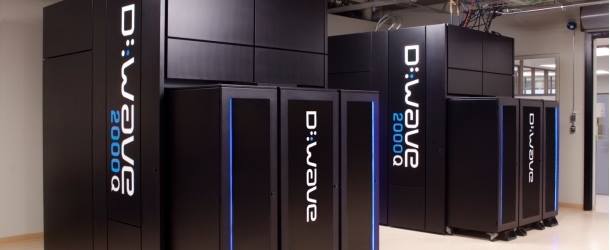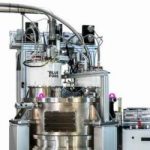D-Wave’s New Pegasus Topology Can Solve Larger Problems

(TechCrunch) D-Wave’s new Pegasus topology connects every qubit to 15 other qubits, up from six in its current topology. With this, developers can use the machine to solve larger problems with fewer physical qubits — or larger problems in general.
D-Wave’s qubits are different from those of the company’s competitors like Rigetti, IBM and Google, with shorter coherence times and a system that mostly focuses on solving optimization problems. To do that, D-Wave produces lots of qubits, but in a relatively high-noise environment. The company also says that it has brought down the noise in its new system, making it its lowest-noise system yet. That’s to be expected in an updated system, of course, but with lower noise comes longer coherence times, which allows for running more complex applications, too.
It’s worth noting that while there was plenty of controversy around D-Wave’s earliest efforts and that it took a while to prove that the company’s hardware actually exploited any quantum effects, this isn’t really in question anymore.
NOTE: D-Wave’s Principal Research Scientist Edward “Denny” Dahl will deliver a keynote at IQT’s upcoming “The Future of Quantum Computing, Quantum Cryptography and Quantum Sensors” summit to be held in Boston, March 19-21, 2019. Dr. Dahl brings a unique combination of business expertise and quantum technology experience to the podium with him. The IQT summit is the first event of its kind to focus on commercialization opportunities and where the money will be made or lost.



















